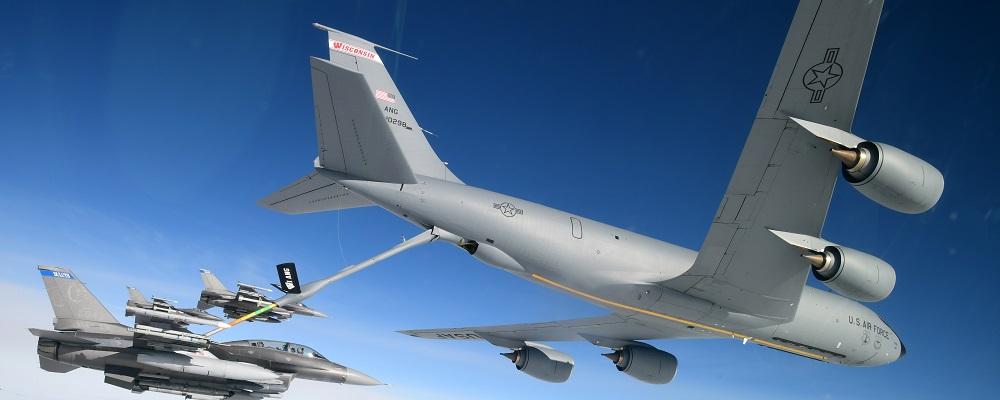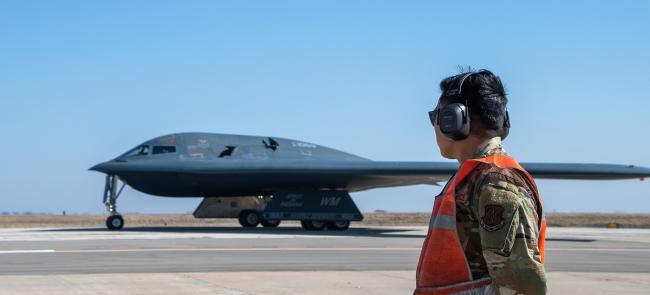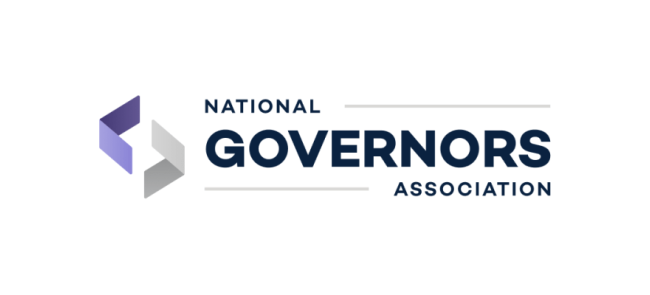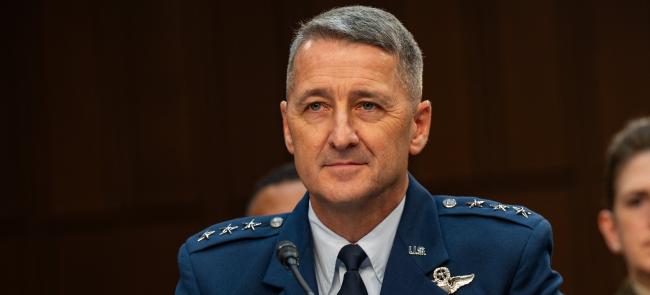
The U.S. military’s top transportation commander is urging the Air Force to keep more of its legacy air-refuelers in service until more of the Boeing-built KC-46 Pegasus aircraft are delivered and operational.
Speaking at a congressional hearing last week, Gen. Stephen Lyons, the head of U.S. Transportation Command, said the service should rethink its plan to retire 13 KC-135s and 10 KC-10s during fiscal 2021, warning that failure to do so would create “a capacity bathtub with significant impacts to Combatant Command daily competition and wartime missions.”
He also advocated for scrapping further reductions planned in 2022.
The aerial refueling fleet is TRANSCOM’s most stressed capability and “No. 1 readiness concern,” Lyons told the Senate Armed Services Committee.
The KC-46, the newest tanker in the fleet, has been plagued with issues since delivery began in 2018, including problems with the remote vision system for the refueling boom. Officials believe a fix for the remote vision system will be ready in the coming weeks.
Air Force leaders proposed cuts to the legacy fleet in order to fund other projects. But Lyons argued that keeping the 23 tankers in service would only cost about $110 million, according to Breaking Defense.
The Air Guard has 17 air refueling wings, most of them fly the aging KC-135. One, New Hampshire’s 157th Air Refueling Wing, flies the new KC-46.
The Air Force budget proposal calls for retiring more than 100 legacy aircraft from across the force, including B-1 bombers, A-10 Warthogs, RQ-4 Global Hawk unmanned aircraft, KC-135 and KC-10 tankers and C-130H cargo planes. Budget documents show the Air Guard would lose 40 planes.











